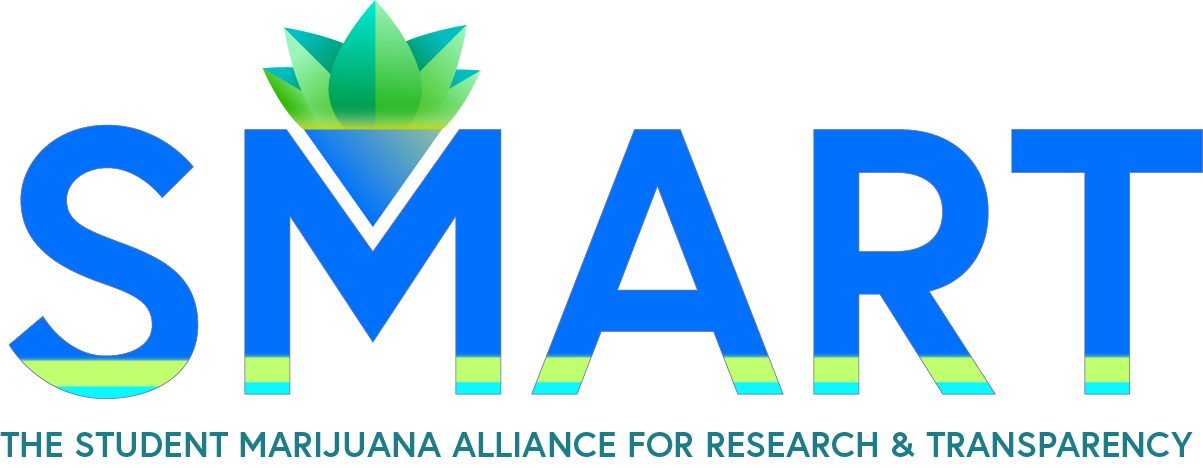
Image from the Crystal Structure of the Human Cannabinoid Receptor CB1
Cannabi-what?
Cannabinoids are small molecules that interact either directly or indirectly with what is known as the endocannabinoid system. These long-carbon chains are what are responsible for the effects of cannabis and many other natural functions.
How many kinds of cannabinoids are there?
Cannabinoids can be classified into four separate categories as follows:
- Endocannabinoids: These cannabinoids are produced naturally in the body and include anandamide (AEA) and 2-arachidonoylglycerol (2AG).
- Phytocannabinoids: Phytocannabinoids are produced explicitly by the cannabis plant. Examples for this group include tetrahydrocannabinol (THC), cannabidiol (CBD), and cannabinol (CBN).
- Exogenous Cannabinoids: These are cannabinoids produced in nature outside of the human body. This class includes the cannabis plant and other plants such as salvia Divinorum that contains the psychedelic compound salvia Divinorum-a, a cannabinoid.
- Synthetic Cannabinoids: These are human-made and produced using an artificial process. This group includes Rimonabant, Taranabant, and JWH-017, better known by its street name K-2.
There are hundreds of different cannabinoids known currently. What is even more interesting is that over one hundred thirteen of them have been discovered just in the cannabis plant. Each cannabinoid has different effects on cannabinoid receptors as well as other receptors located in the body.
How do these molecules work?
Cannabinoids can interact with the body in two ways, indirectly or directly. Direct interaction means that some cannabinoids will bind with designated cannabinoid receptor sites in the human body. The system of these receptor sites is known as the endocannabinoid system. This interaction is referred to as “lock and key” because unique molecules (the keys) can interact with specific receptor sites (the locks). The “lock and key” model for how cannabinoids interact with these receptors can be seen in the image below.

Cannabinoids bind in one of three ways, agonist, antagonist, or inverse agonist. This can be explained similarly to how to drive a car.
- Agonist interaction is comparable to putting a car in drive – turning the protein receptor on.
- Inverse agonist interaction is equivalent to putting a car in reverse – acting in the opposite way of an agonist.
- Antagonist interaction is comparable to setting the car in neutral – not letting any forward or reverse movement and effectively inhibits any interaction from other molecules to the protein.
Cannabinoids can interact indirectly with the endocannabinoid system by targeting either punitive cannabinoid receptors like (TRVP1) or fatty acid amidohydrolase (FAAH) or by providing homeostasis. Homeostasis means bringing balance to the body, and cannabinoids can provide that balance by treating ailments through targeting inflammation enzymes such as LPS. These cannabinoids are typically non-psychoactive and non-psychotropic such as the acidic precursor cannabinoids like tetrahydrocannabolic acid (THCA).
How many cannabinoids exist?
There are hundreds of cannabinoids in existence that have been documented so far. The majority of documented cannabinoids are actually synthetic. There are only one hundred thirteen cannabinoids that come from the cannabis plant, while hundreds of cannabinoid analogs have been developed by humans for research purposes. Many of these cannabinoids are researched molecules that have been shelved for poor results, while others are used to replace naturally occurring cannabinoids to mimic a similar interaction within the endocannabinoid system.
Cannabinoids are the key to the future of medicine as we know it. Their discovery is considered extremely recent in the world of science, and their capacity still is unknown to a larger extent. This is because the majority of cannabinoid studies currently conducted are biased to search for negatives and often result in skewed research to show harm rather than their true potential. As the future of this industry unfolds it is important to remember that the understanding of science plays the most important role in the healings of communities and why the influence of where this research is guided is important. Our current government continues to restrict access to affordable medicine, cannabinoids provide an affordable treatment for a myriad of conditions that even pharmaceuticals cannot tackle. If we wish to have true health care as a people, we must continue efforts towards research towards a better understanding and knowledge of these essential molecules.
“Science is always influenced by the culture in which it’s conducted”– Late Executive Director of the International Cannabinoid Research Society, Rik Musty
Josh Alb, a researcher and alumni of William Paterson University. Connect with Josh via LinkedIn and Instagram.
Edited by Solomon Hollingsworth, Content Strategist/Website Manager at SMART
Are you interested in having your voice heard by our College Cannabis community? Submit ideas for SMART blogs at hi@studentmmj.com




